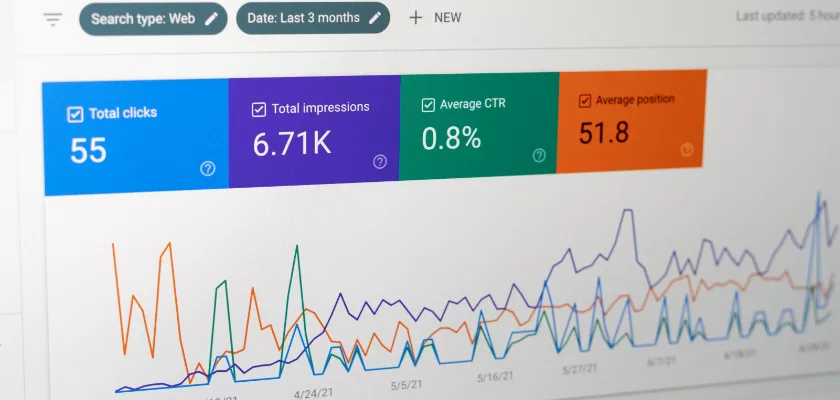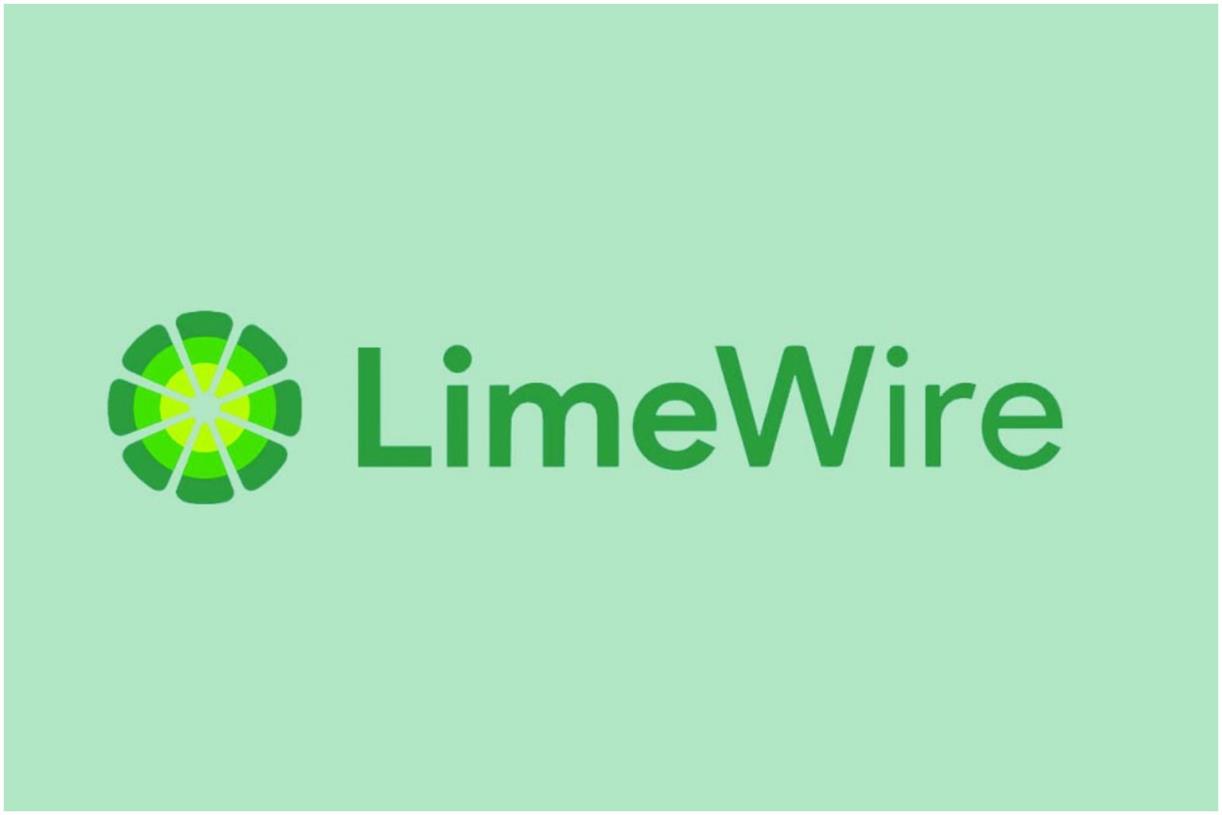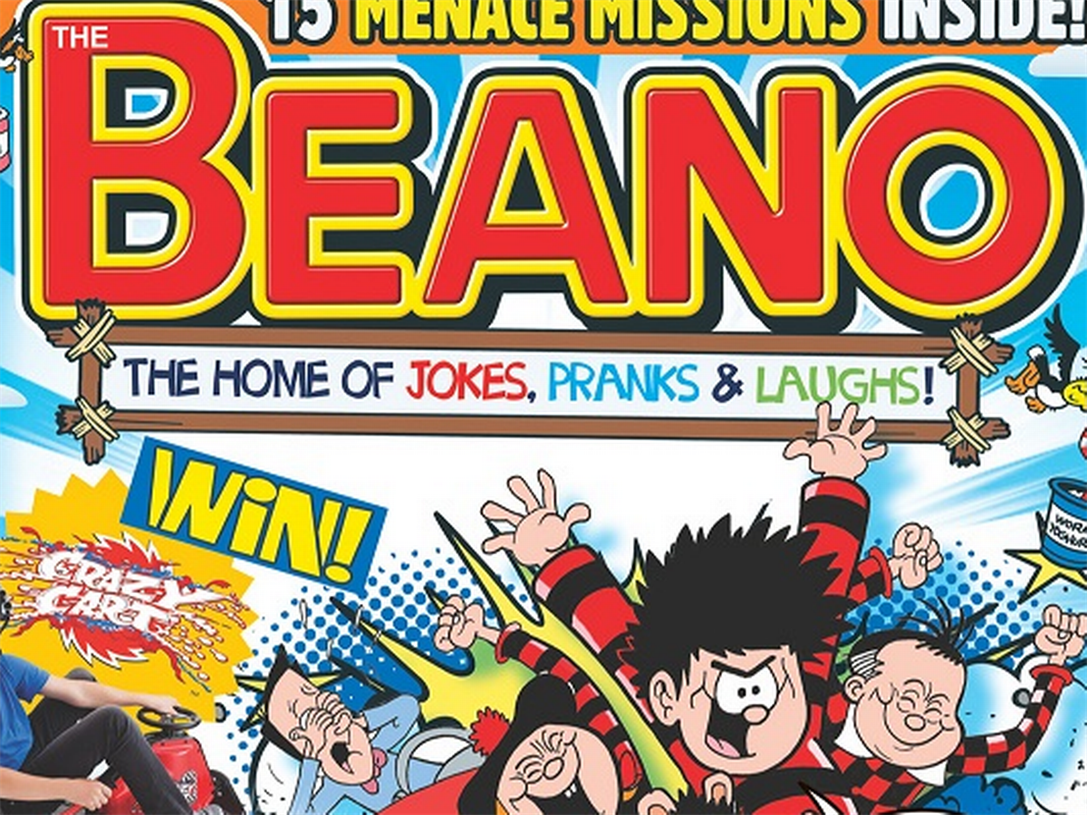7 Impactful Meta Description Tips to Increase CTRs
The meta description for your page is one of the first things a person sees when they search on Google, so it’s important to get it right! While it doesn’t directly impact SEO and rankings, a well-written, eye-catching meta...

The meta description for your page is one of the first things a person sees when they search on Google, so it’s important to get it right!
While it doesn’t directly impact SEO and rankings, a well-written, eye-catching meta description can drive organic traffic to your website, boosting your click-through rate.
So if you’re wondering how to write a meta description, you’re in the right place! Our SEO experts at Bubblegum Search have put together seven amazing ways of creating a meta description that gets all the clicks.
Our first tip in our guide on how to write a meta description? Make sure you have them on every page of your website!
According to Backlinko, pages with meta descriptions see an average of nearly 6% more clicks than those that don’t.
If you don’t have a meta description, Google will automatically pull out some content that it thinks answers a user’s query. The problem with this is that Google doesn’t understand your site or business in the same way you do, so it might get it wrong. This means prospective customers may be less likely to click through to your website.
It might feel like a long and challenging task to write a meta description for every page on your website, but it’s well worth the effort. And remember, if you need help writing a good meta description,our team is here to help.
2. Create *Unique* Meta Descriptions
Once, we helped a business that had a large website with its SEO. One of the first things we identified was that every single page had a meta description.
Sounds good, right?
The only issue was that every single meta description was exactly the same, from the first letter to the last full stop.
When you write meta descriptions online, you might think it will save time if every page has the same meta description. Cut and paste, job done.
However, creating a meta description is a fantastic way to showcase your individual pages and tell prospective customers more about you. Think of it as a delicious appetiser to serve search engine users before they dive into the banquet your website offers.
Plus, if two or more of your pages rank on the same page of Google with an identical meta description, users might not visit your site as they may think you haven’t put the effort in.
3. Keep it Brief
If you’re searching for ‘how to write a meta description’, one of the first things to come up is how long the description should be.
Unfortunately, there isn’t a definitive answer. The length of a meta description is determined by pixels, not characters, and different search engines recommend different lengths. In 2017, Google announced it was extending meta descriptions from 160 to 320 characters, only to change its mind a few months later!
We recommend no more than 160 characters – anything more than that, and you risk your meta description being truncated.
Here are some of our top tips for writing meta descriptions that are short, but sweet.
Use characters for numbers (e.g. ‘7’ instead of ‘seven’) and ampersands (‘&’) in place of ‘and’ Avoid filler words like ‘very’ or ‘really’ Stick to active rather than passive voice. Not only does this make your meta description more concise, but it makes it more dynamic too Cut the fluff. Only focus on the key message you want to convey to customers, and don’t be afraid to get straight to the point Include the most important information at the start of your meta description. That way, if it does get cut off, users will be able to see the key information4. Use a call-to-action
A call-to-action is a word or phrase that encourages a customer to take a particular action. For example:
Learn more Buy now Sign up DownloadAdding a call-to-action, typically at the end of your meta description, can help persuade web users to click on your web link.
Not sure how to write a meta description that converts?
Why not try A/B testing description copy with paid ads first? Create several ads and descriptions with a specific call-to-actions, once you have enough clicks you can then look at the data and see which ad copy got the highest Click Through Rate (CTR) and that users respond to most positively. Using the winning Ad copy and CTA within the pages meta description.
5. Be Relevant
While it’s important to entice customers to click on your meta description, you also want to encourage them to stick around your website.
If you say something that tricks customers into visiting your website, they’ll click in, but click right back out again. Not only does this damage your business’s credibility, but Google can see quick duration high bounce rates as a sign that your website is untrustworthy and unreliable. This means a potential hit in the search engine results.
Be honest and upfront with what you offer – your prospective customers will thank you in the long run.
6. Show off Your Unique Selling Point
When your website appears in the search engine results, you’ll be up against thousands, if not millions, of competing websites vying for that all-important click.
You need to create a meta description that makes you stand out amongst everyone else. Easier said than done when you only have 160 characters to do it in!
Ask yourself:
What your unique selling point is compared to your competitors How you can add value to your prospective customer’s livesSearch for your target keyword on Google or your search engine of choice and see what meta descriptions appear. Which ones compel you to click?
You can use this information to help write good meta descriptions that appeal to your target audience.
7. Write for Humans, not Search Engines
When writing meta descriptions, we see many people fall into the same trap. They shoehorn several target keywords into their descriptions, creating robotic-sounding, stilted content that doesn’t make much sense.
Think of your meta description like any piece of content you would write, like a blog post, landing page or email. The best content uses keywords sparingly, and is conversational, friendly and relaxed. Try and stick to one primary keyword, two at a push.
If you need help writing good meta descriptions, imagine you’re explaining your description to a friend. What language will you use to create a meta description they can understand, as well as identify with?
Need some extra support writing meta descriptions? The team at Bubblegum Search is here to help. We work hard to understand your business and goals, creating a meta description that makes your brand stand out in the search engine results.
Contact us today and find out how to write a meta description that your prospective customers will love.

 KickT
KickT 
































